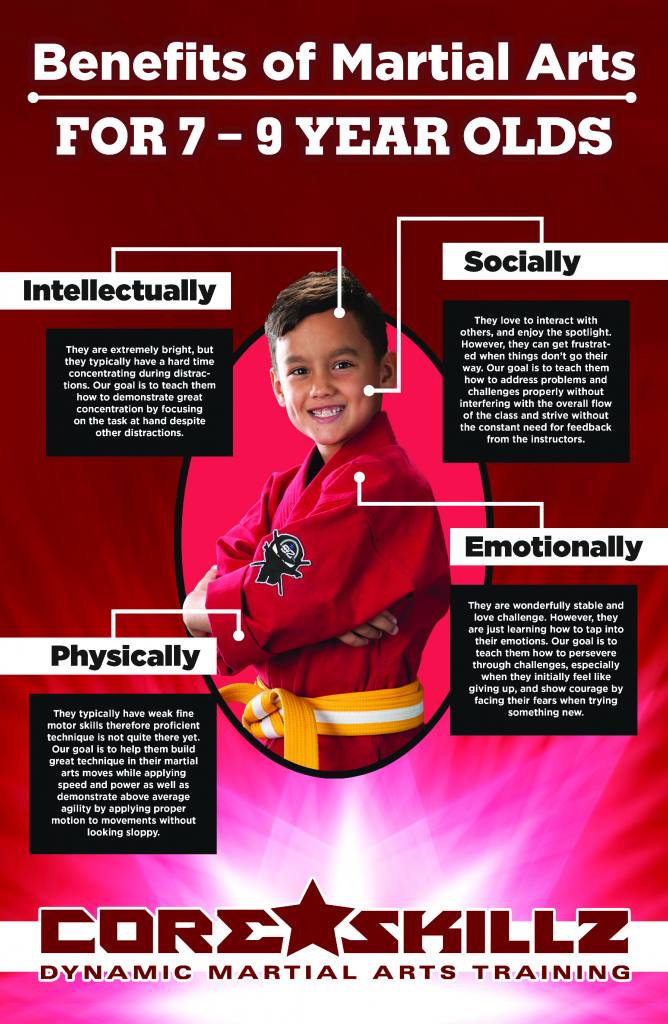The Background And Ideology Of Fighting Style: A Deep Dive
The Background And Ideology Of Fighting Style: A Deep Dive
Blog Article
Posted By-Fyhn Martin
Enter the old world where martial arts were born out of necessity in varied areas. Societies crafted special combating designs linked with historic contexts. Strategies evolved over centuries via dedicated technique and social exchanges. Today, modern martial arts mix typical aspects for optimal effectiveness. Philosophically, martial arts stress discipline, self-improvement, and consistency. Regard, humility, and balance are fundamental concepts guiding professionals in the direction of development and resilience. Check out the depths of this rich background and approach to discover the extensive impacts shaping this long-lasting technique.
Origins of Martial Arts
Fighting style originated in various regions around the globe, progressing as functional battle systems to prevent risks. These old combating designs were established out of requirement, with each culture crafting strategies suited to their unique atmospheres and challenges. From the grappling arts of Jujutsu in Japan to the striking strategies of Martial art in China, martial arts were deeply linked with the historic, social, and cultural textile of their respective cultures.
In a fantastic read , the samurai class refined martial arts like Kenjutsu, the art of the sword, which later on evolved into the extra promoted type of Kendo. On the other hand, in Brazil, Capoeira became a blend of dance and battle, produced by enslaved Africans as a means to withstand fascism. Each fighting style carries with it a rich history and ideology, showing the values and ideas of individuals that practiced them.
As you explore the origins of martial arts, you reveal a tapestry of human resourcefulness, durability, and the unyielding spirit of warriors throughout time.
Development of Methods
Through centuries of technique and refinement, fight methods within different martial arts have gone through a profound evolution. From old designs like Martial art and Karate to more contemporary self-controls such as Brazilian Jiu-Jitsu and Krav Maga, the evolution of techniques has actually been driven by a mix of cultural influences, sensible applications, and technical advancements.
One significant aspect of this development is the cross-pollination of strategies between different martial arts. For instance, techniques from standard Japanese Jiu-Jitsu were integrated right into the creation of Judo by Jigoro Kano in the late 19th century. This mixing of designs has actually caused the advancement of hybrid martial arts like Mixed Martial Arts (MIXED MARTIAL ARTS), which incorporate elements of striking, grappling, and submission methods.
In addition, the evolution of strategies has been formed by the boosting focus on performance and efficiency in combat. Professionals have constantly sought to improve their techniques with extensive training, trial and error, and competition, resulting in the advancement of extremely specialized and efficient battling styles. Generally, martial arts olympics of methods in martial arts reflects the dynamic nature of battle and the continuous pursuit for improvement and technology.
Thoughtful Structures
Exploring the underlying thoughtful concepts of martial arts supplies insight right into their core values and leading beliefs. At the heart of many martial arts techniques is the principle of technique itself. By training your body and mind to function as one natural device, you cultivate self-control that expands past the dojo or health club right into day-to-day life. This self-control encompasses regard, humility, and self-control, forming not just your physical capabilities but additionally your personality.
One more fundamental thoughtful foundation in martial arts is the concept of continual self-improvement. The trip of understanding a fighting style is endless, with experts constantly striving to much better themselves, both physically and psychologically. This focus on growth cultivates durability, willpower, and a development mindset that can be applied to all elements of life.
In addition, martial arts stress the significance of harmony and equilibrium. Techniques are created to utilize an opponent's power against them, highlighting the concept of generating and rerouting pressure rather than meeting it head-on. This philosophy encompasses social relationships, advertising serene resolutions and mutual understanding. By accepting these thoughtful structures, martial musicians not just improve their combat abilities but additionally grow a way of life centered on individual development, regard, and consistency.
Conclusion
To conclude, the background and approach of martial arts offer an abundant tapestry of tradition, self-control, and self-improvement.
Consider instance the story of Bruce Lee, that changed martial arts by mixing different styles and philosophies to produce his own special kind of Jeet Kune Do.
Via devotion and technology, martial musicians continue to press borders and influence others to reach their complete possibility both in battle and in life.
